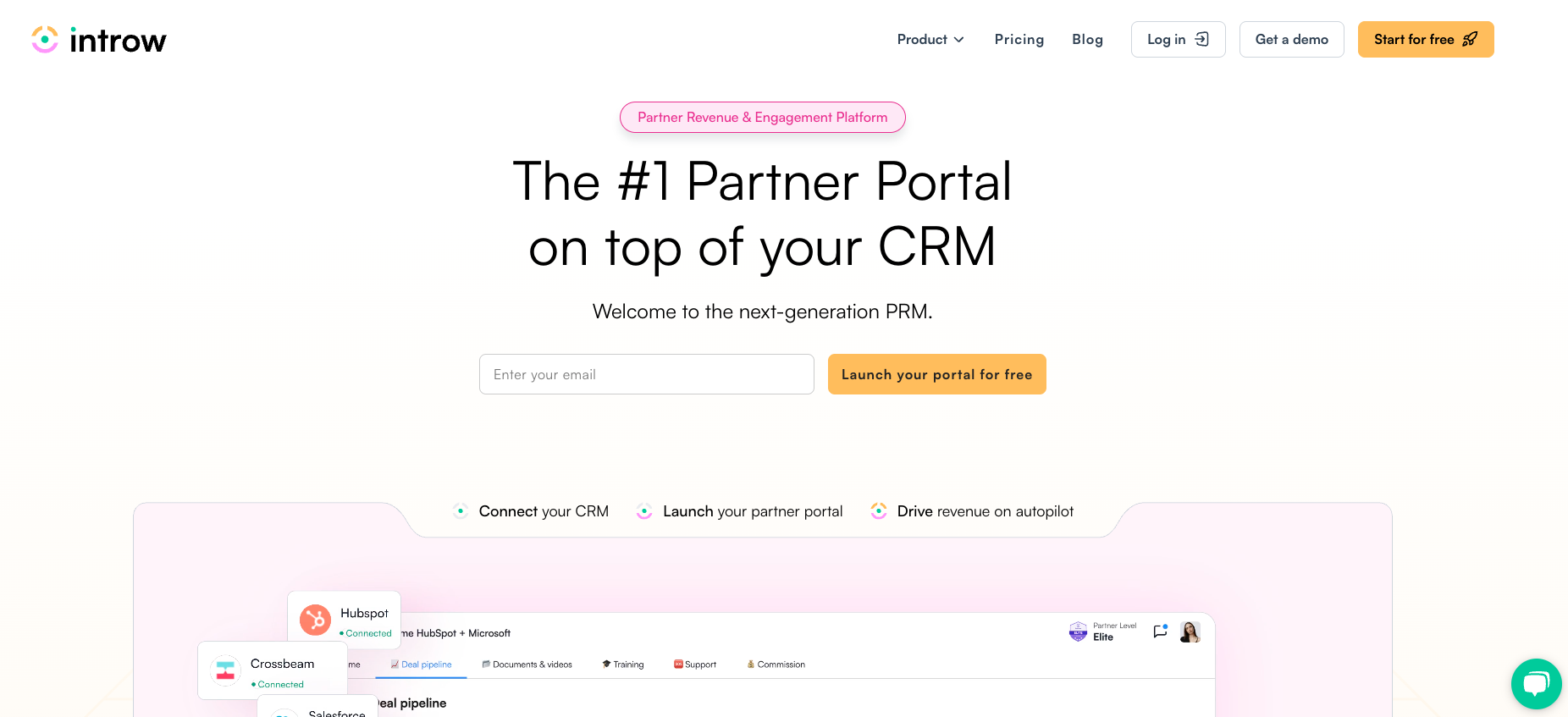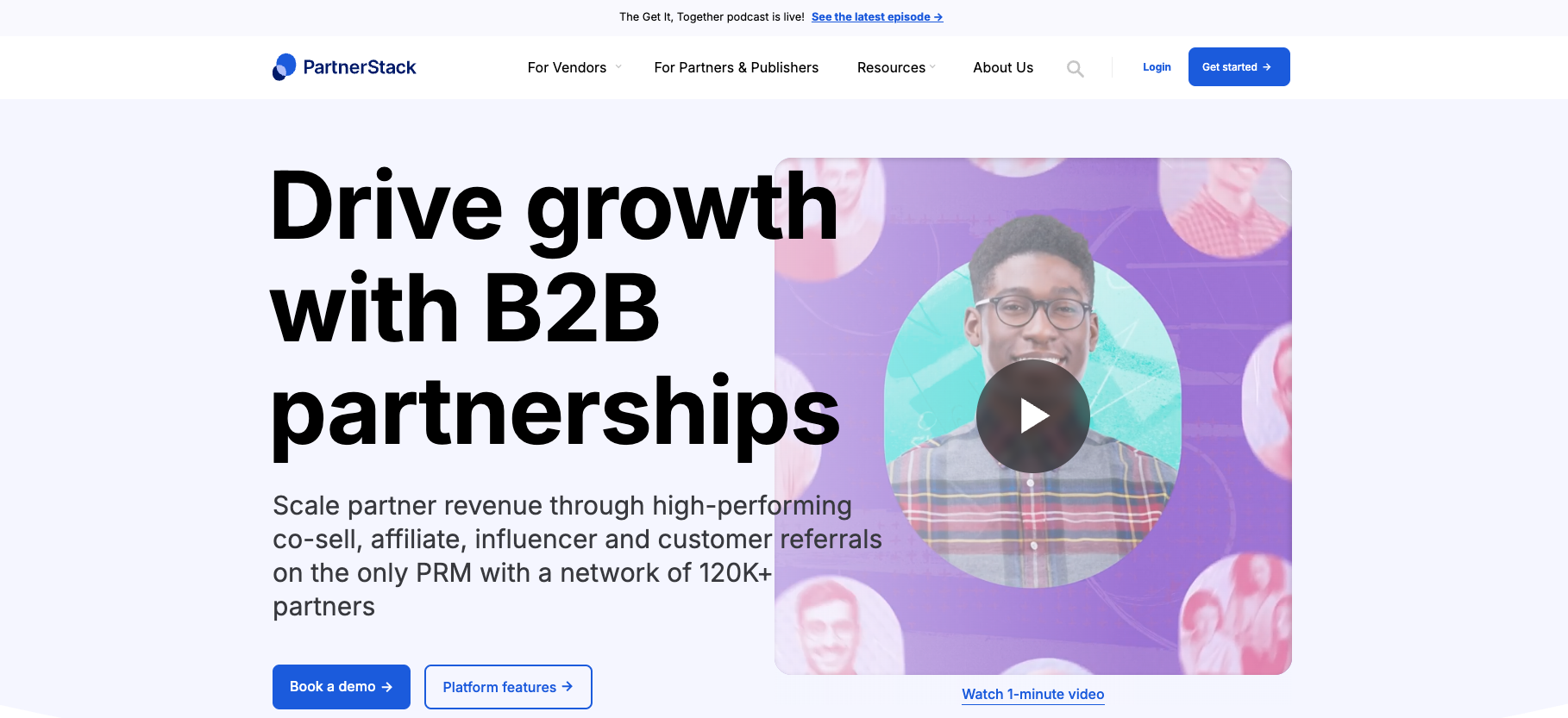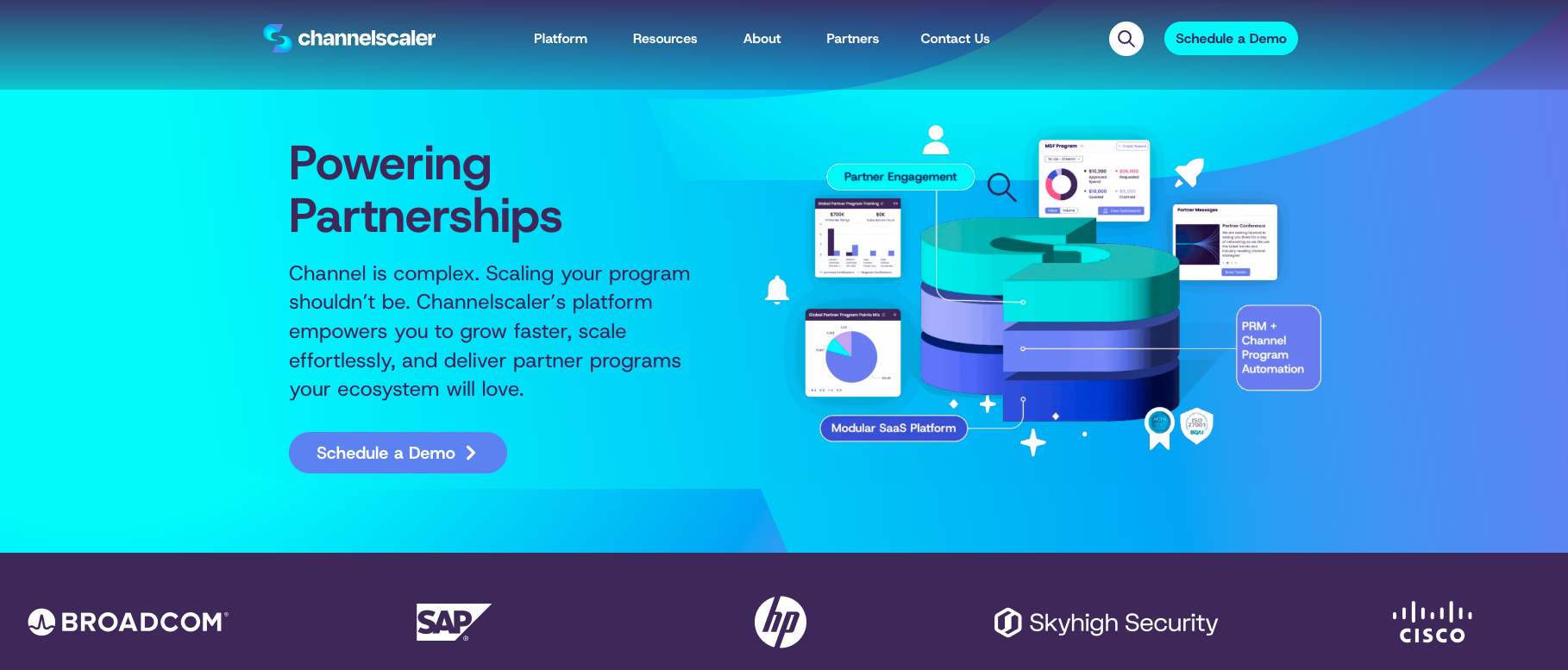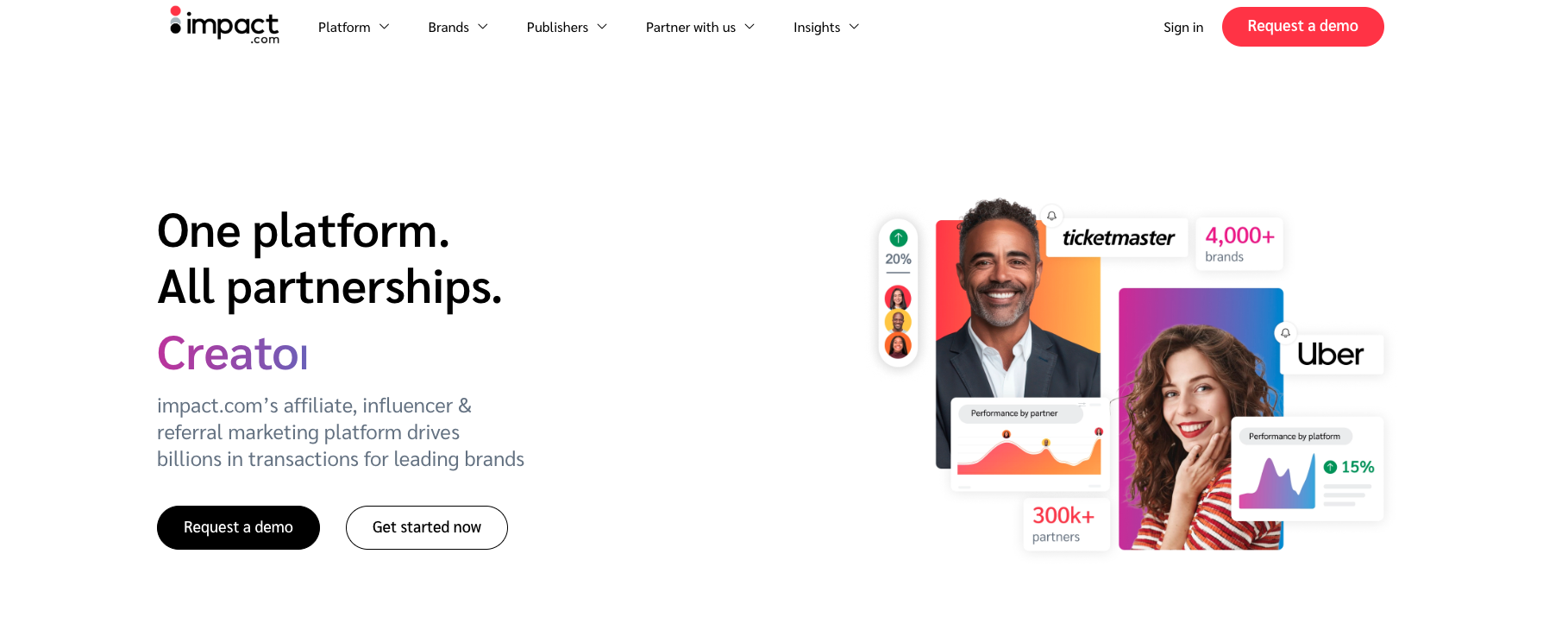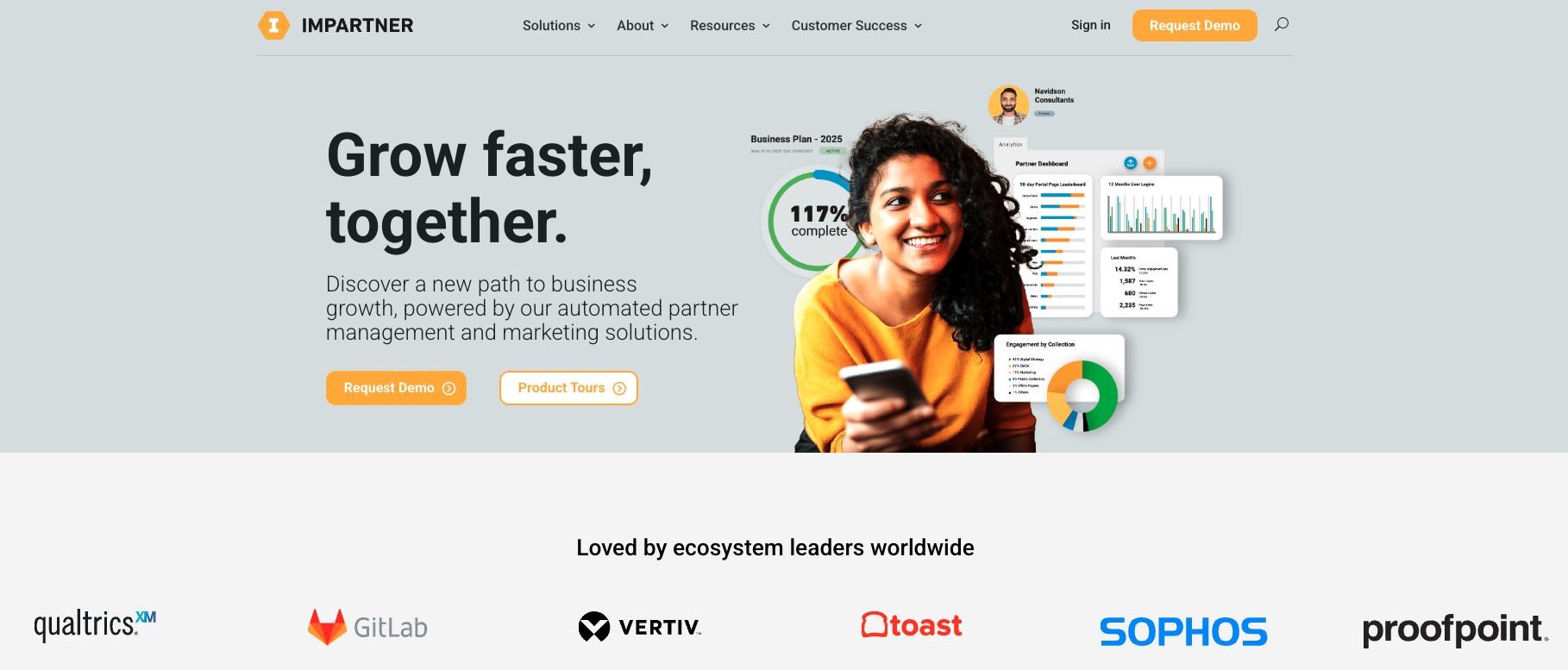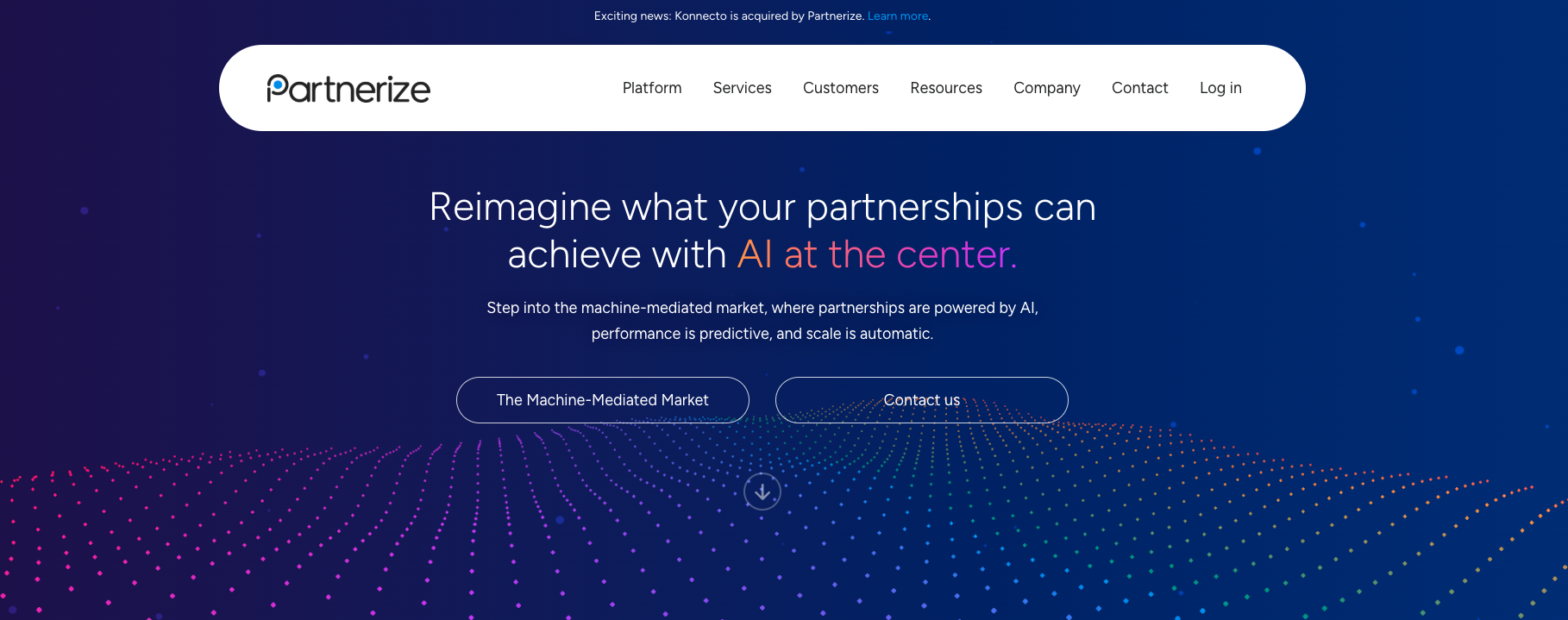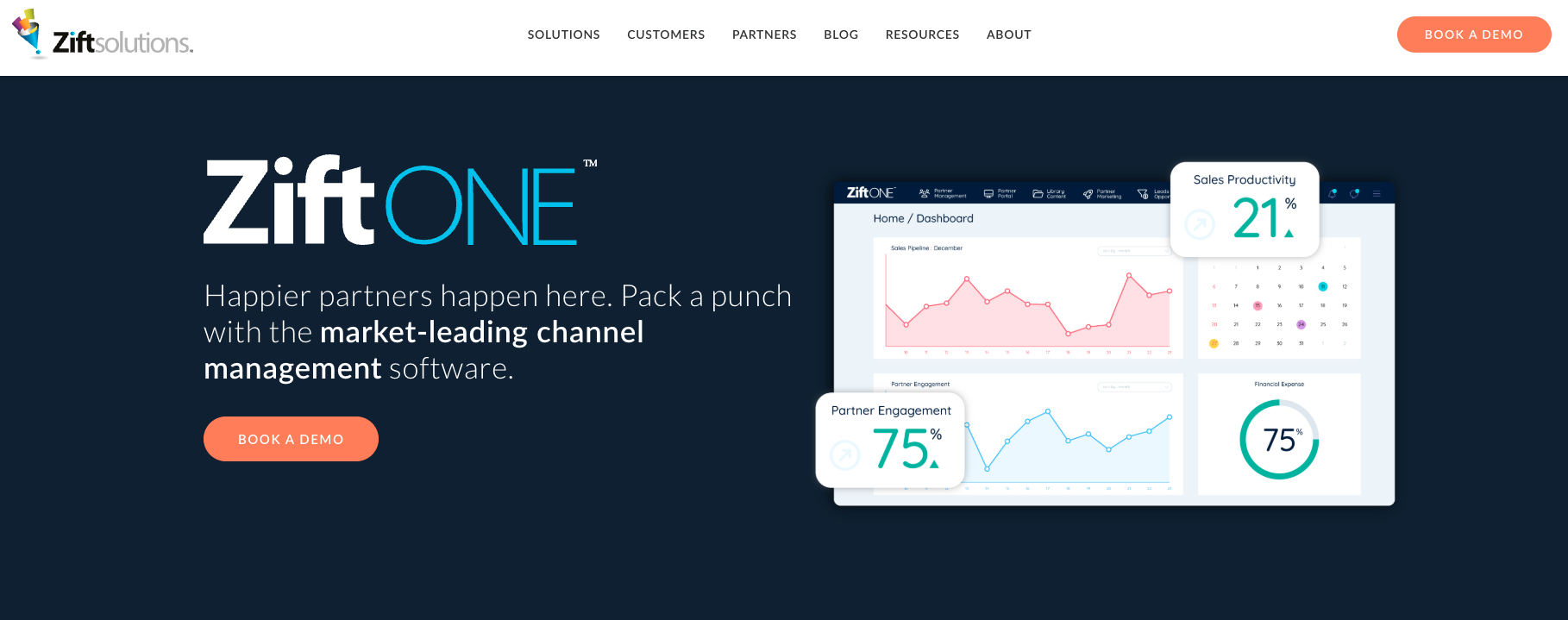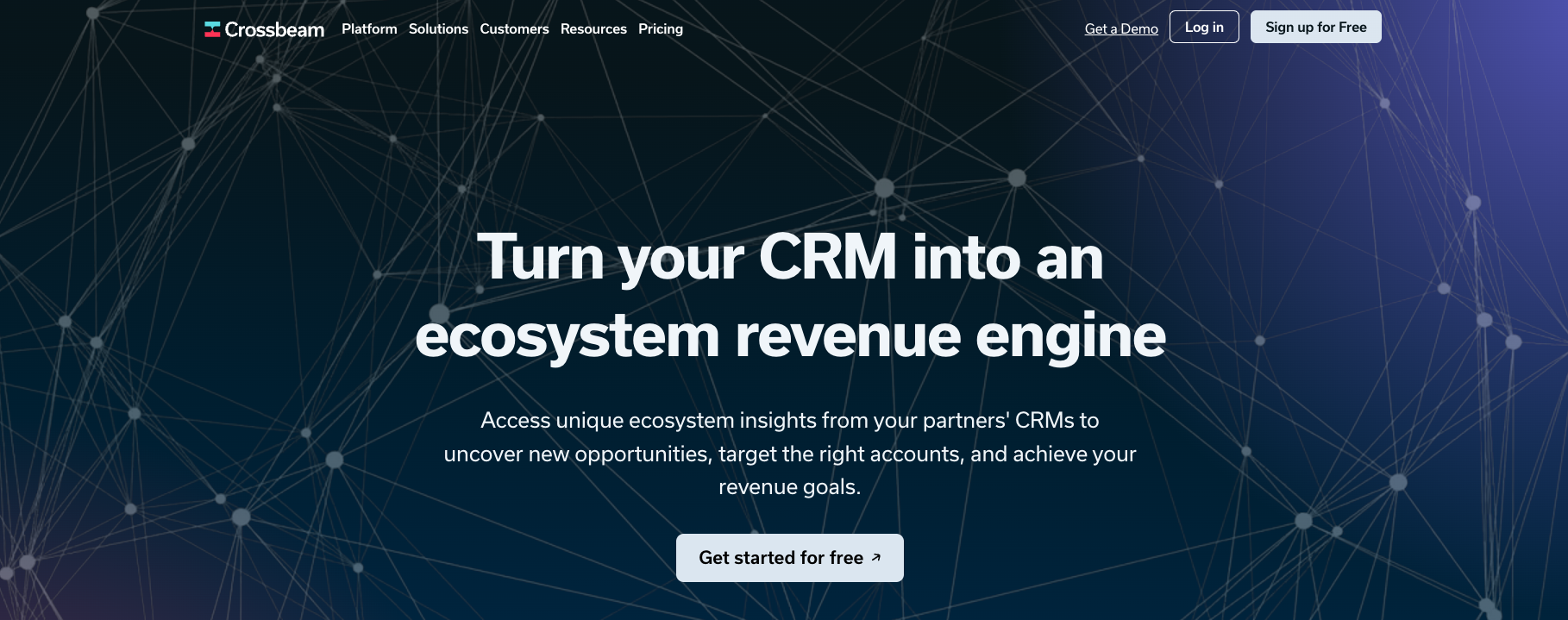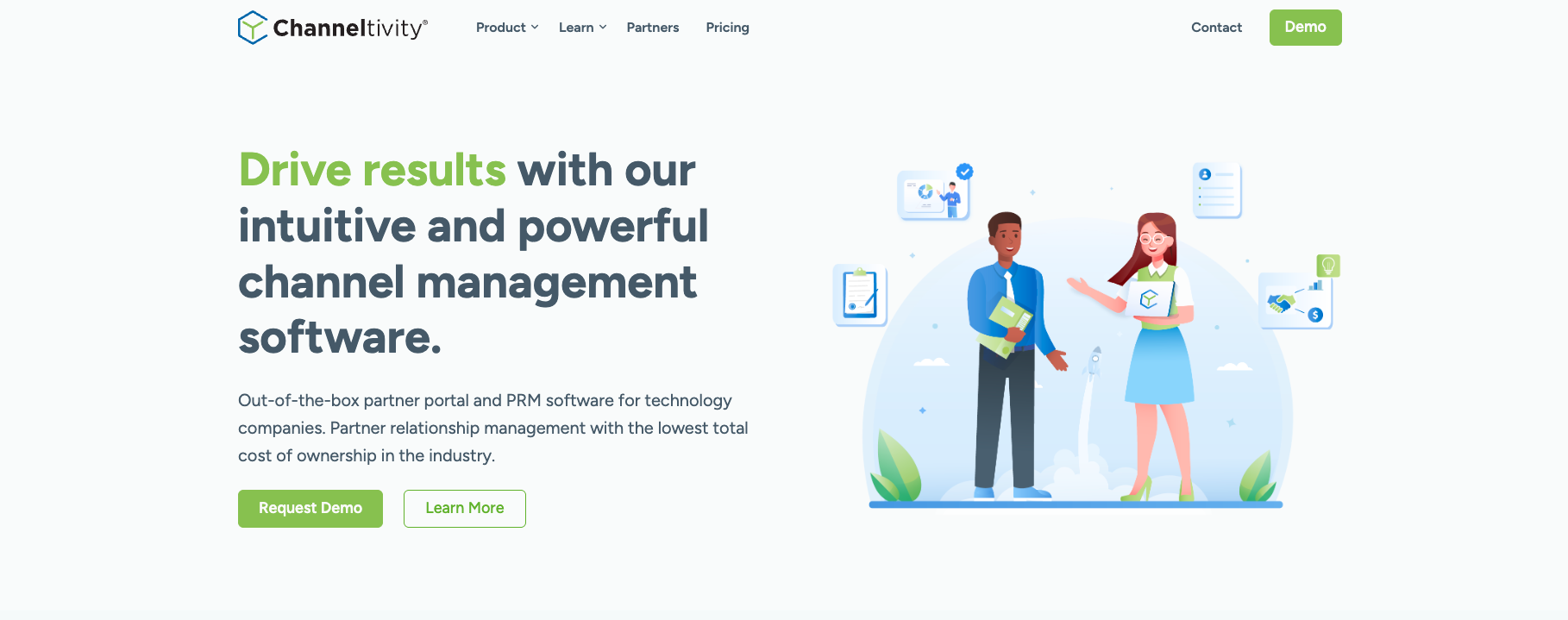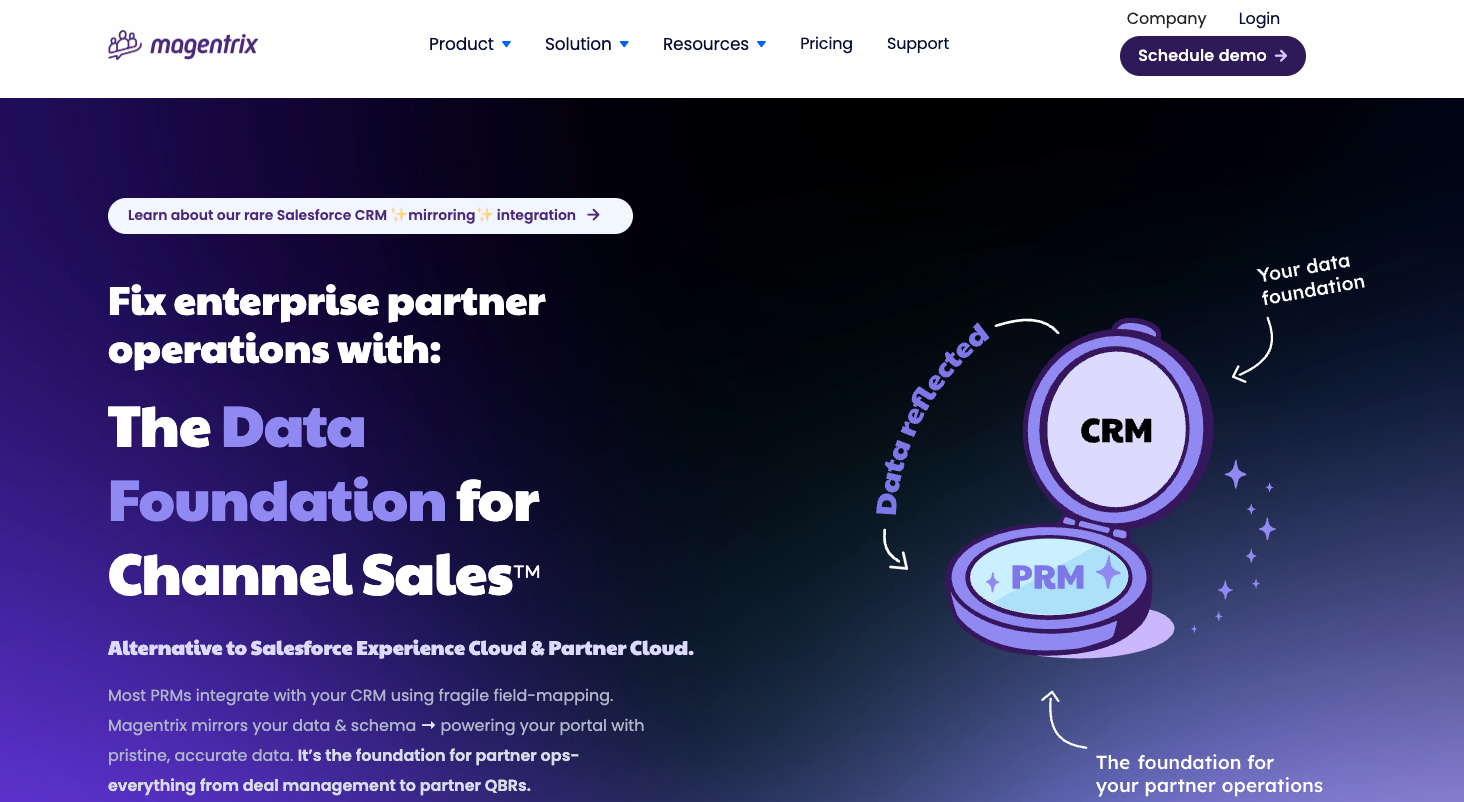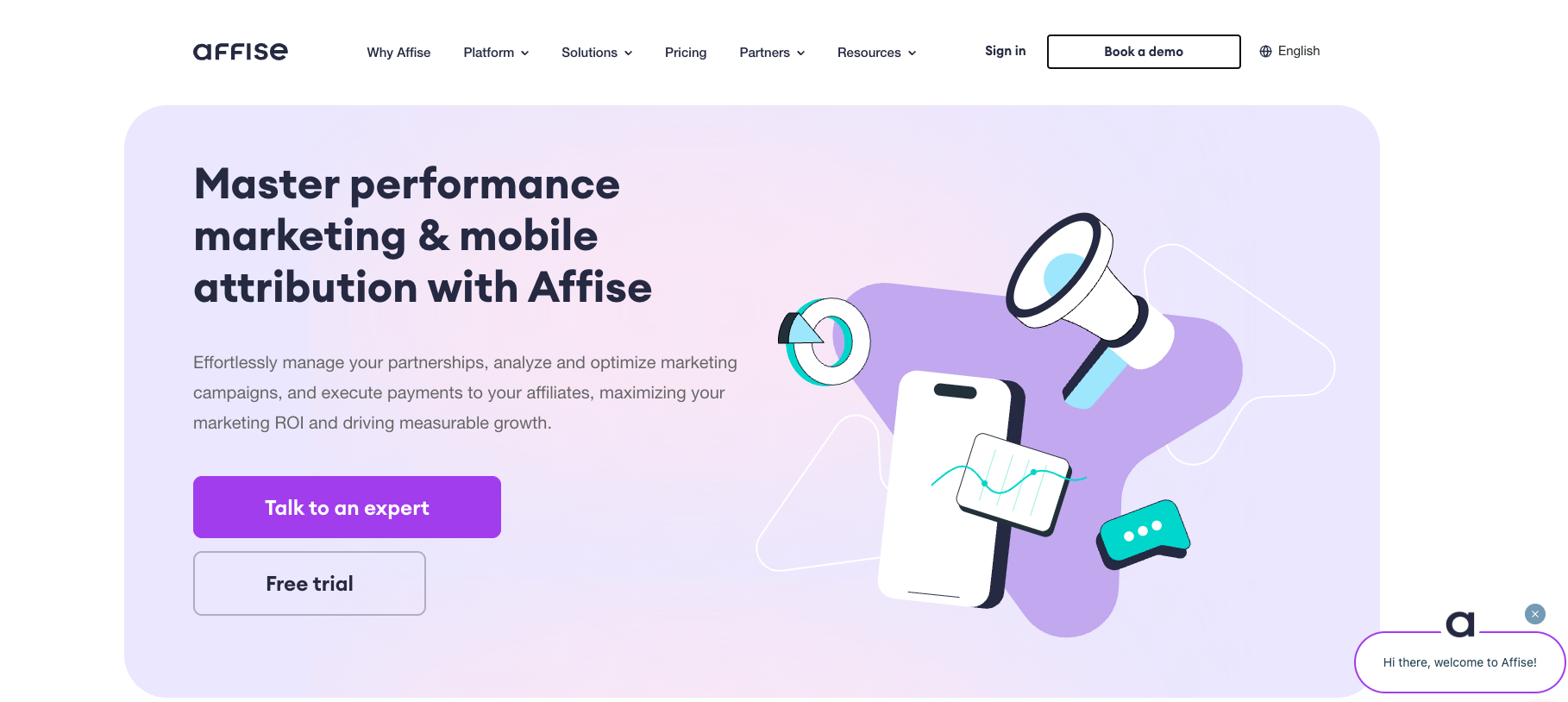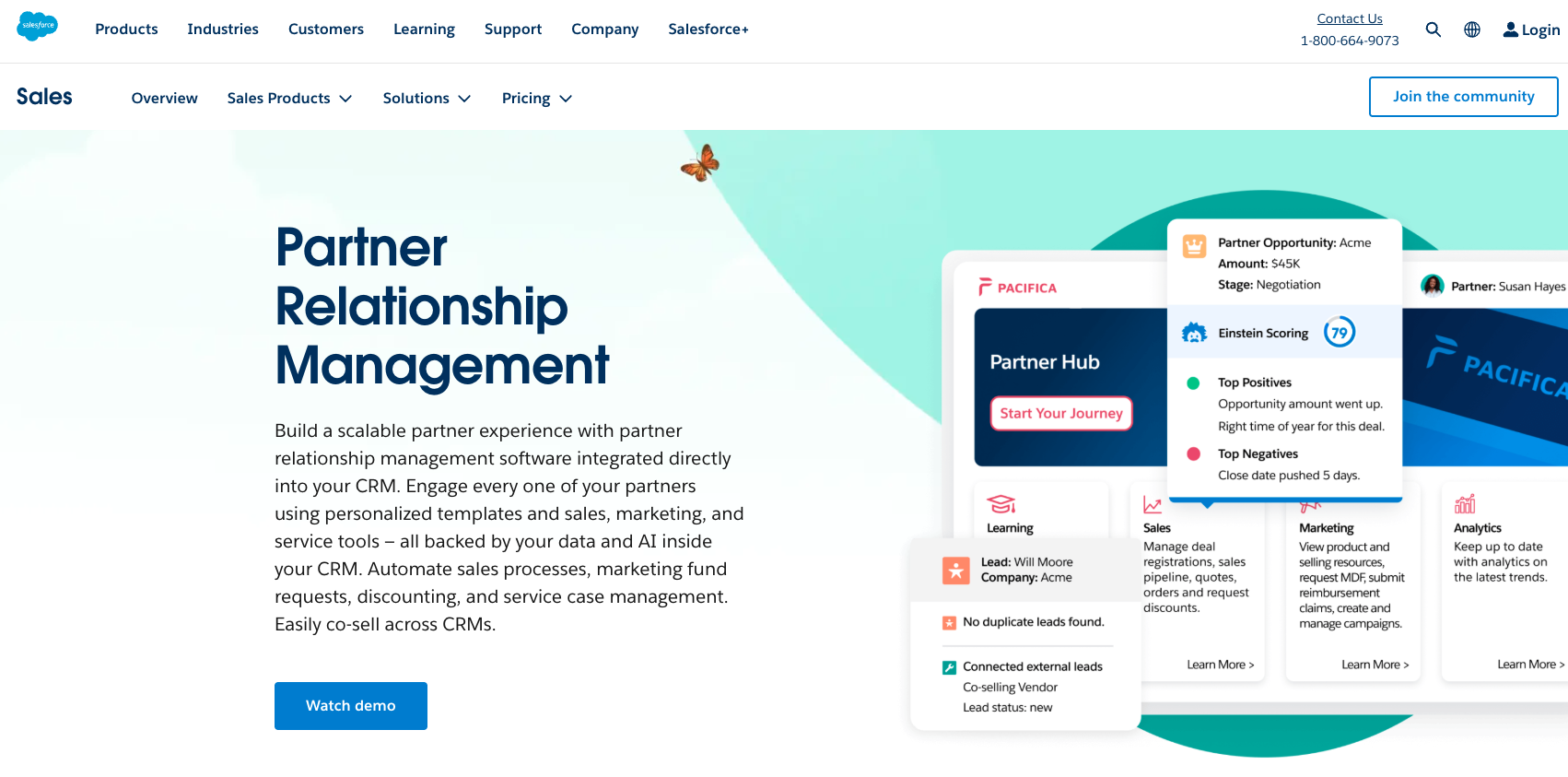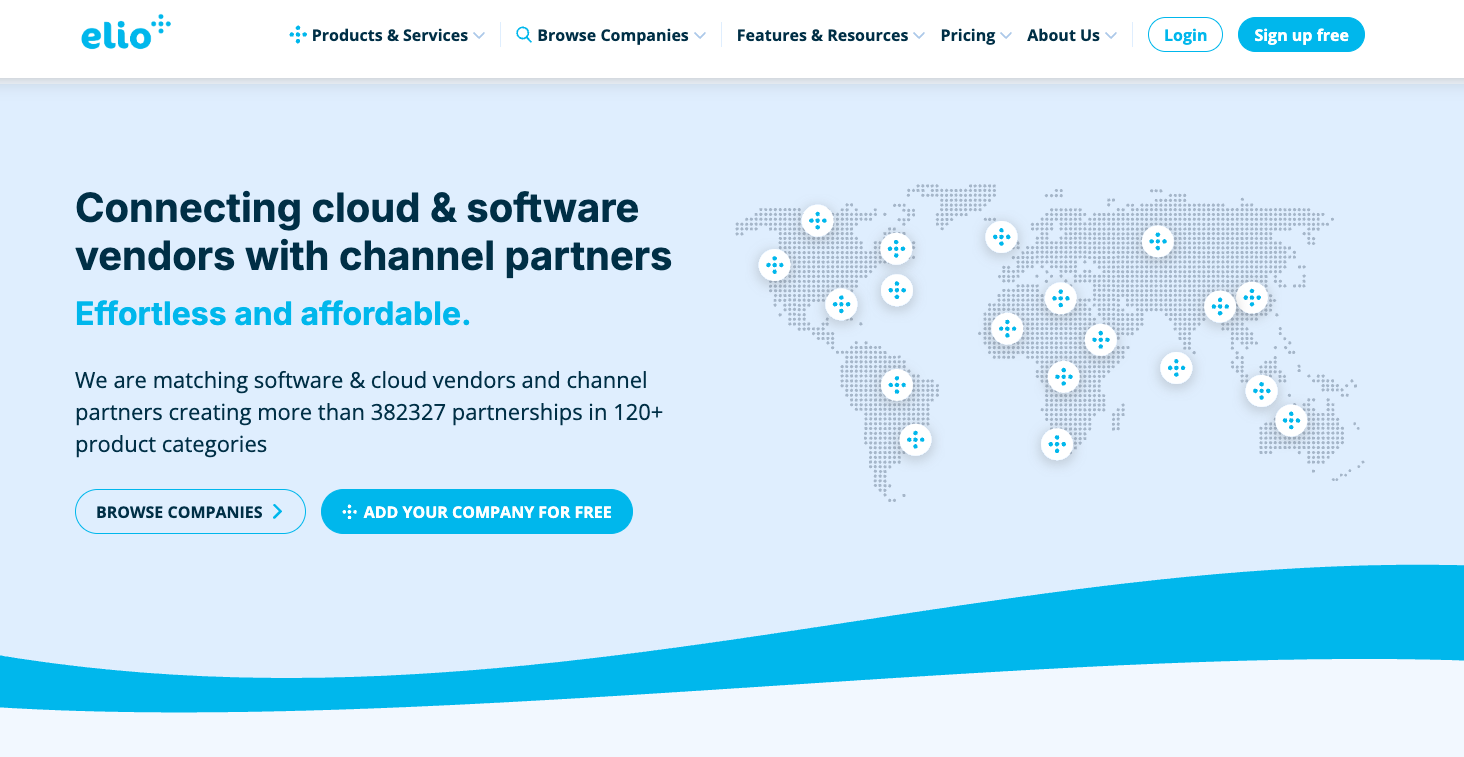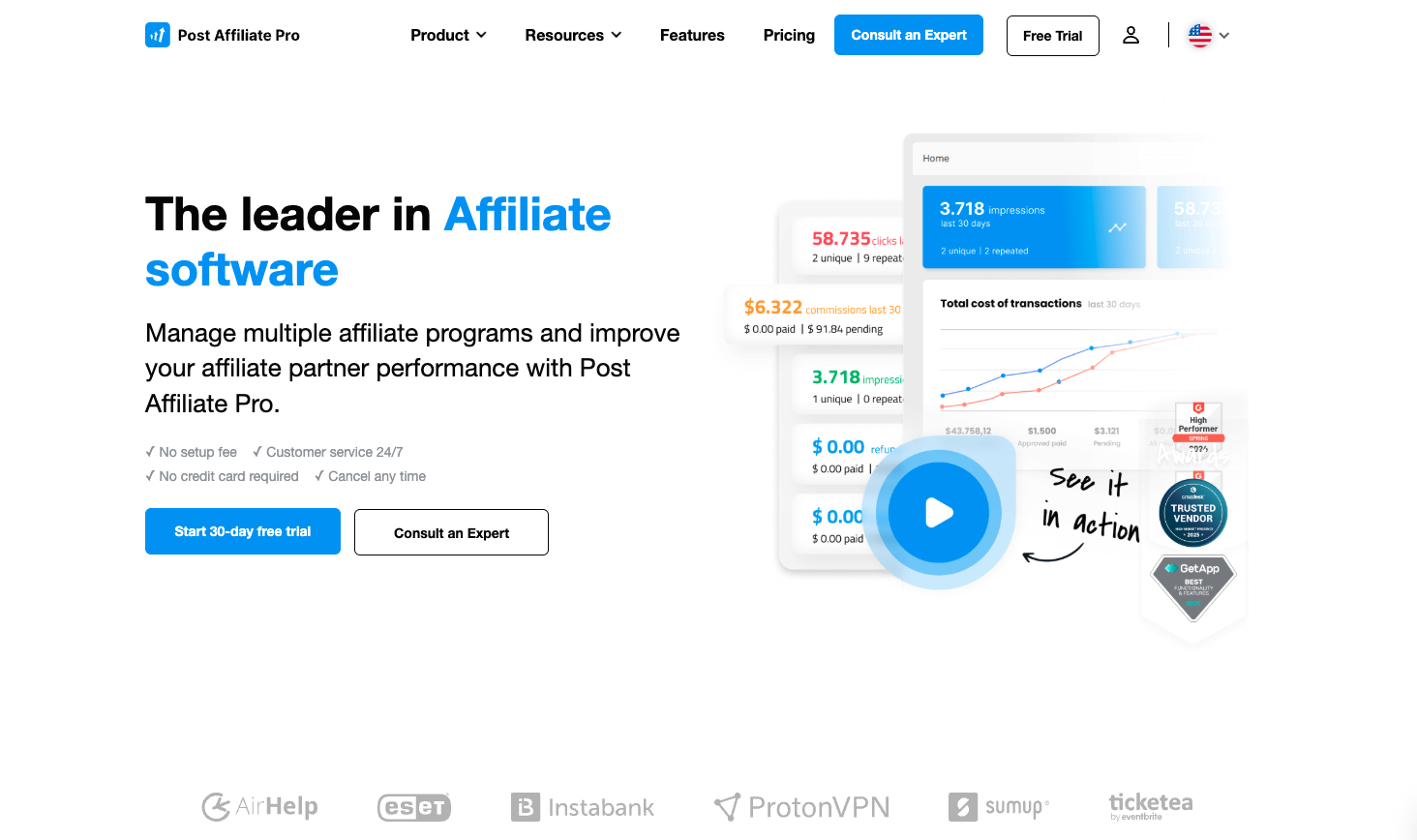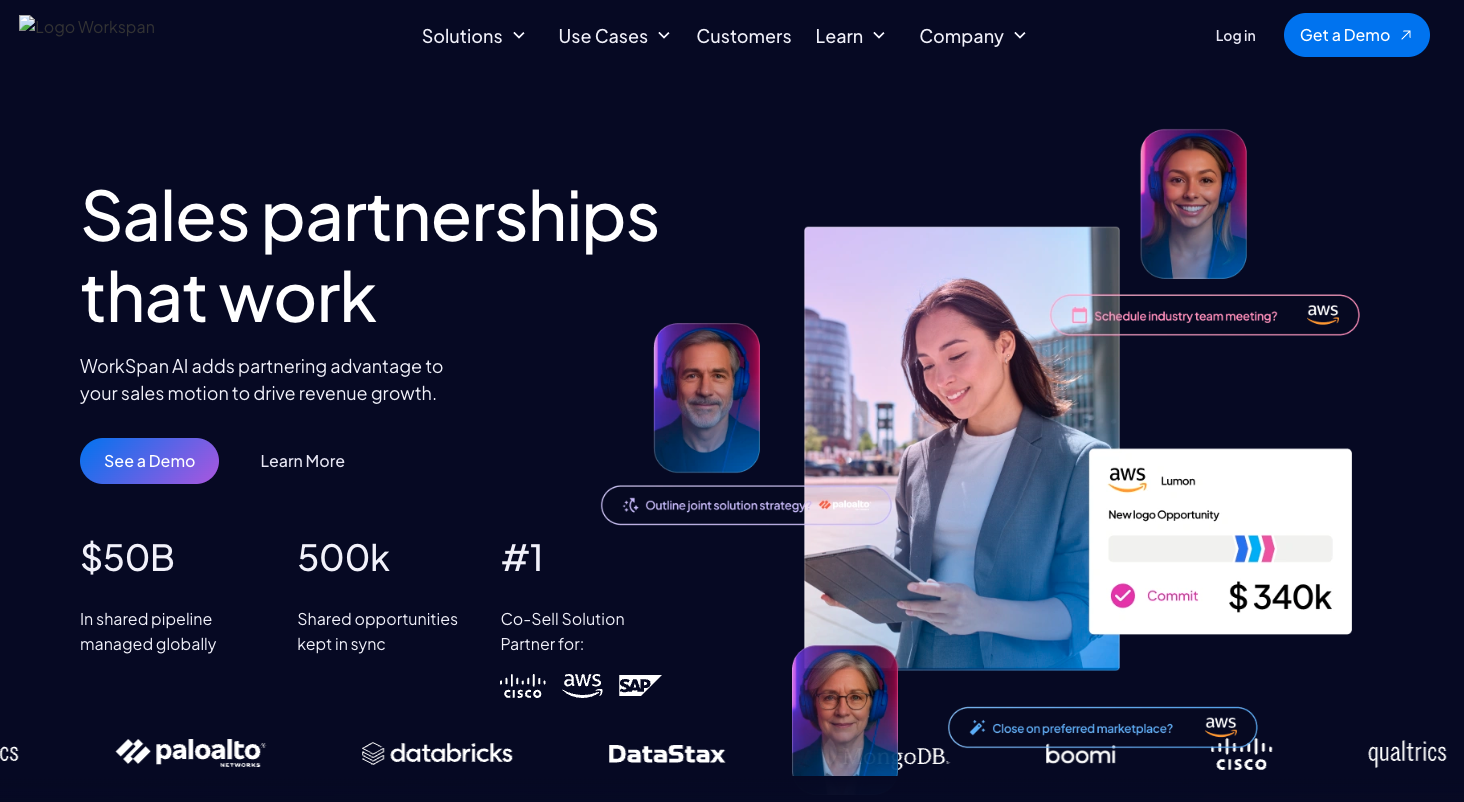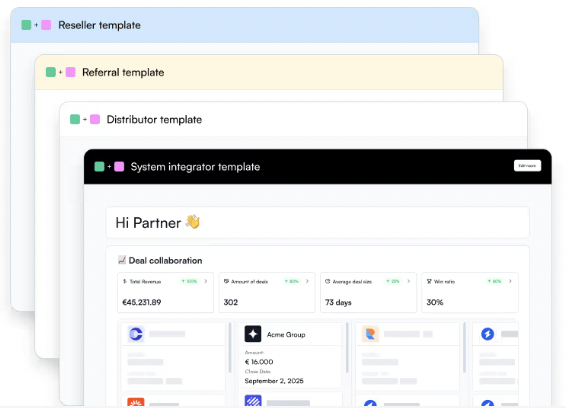Managing partner relationships shouldn’t feel overwhelming, but without the right system, it often does. If your company sells through channel partners, resellers, affiliates, or integration partners, you know the challenge of keeping everyone aligned. Deals get lost in emails, marketing materials go unused, and partner engagement drops when there’s no clear structure in place.
That’s where Partner Relationship Management (PRM) software comes in — giving businesses the tools to streamline business processes, improve partner collaboration, and drive more revenue.
But with so many options available, how do you choose the right PRM platform for your needs? This guide breaks it all down, helping you find the best PRM solution to scale your partner programs, keep partners engaged, and ultimately grow your indirect sales channels.
What is PRM (Partner Relationship Management)?
Partnerships are at the core of many successful businesses, but managing those relationships efficiently is another story. What is PRM? Simply put, Partner Relationship Management (PRM) is a software designed to help businesses streamline partner collaboration, boost partner engagement, and maximize the potential of channel partners.
If your business relies on partners — whether resellers, affiliates, integration partners, or distributors — you’ve probably hit a point where managing them with spreadsheets, email threads, or a patchwork of tools just isn’t cutting it anymore. That’s where PRM software comes in.
A PRM system helps you organize, automate, and optimize everything related to partner relationships. It’s like a customer relationship management (CRM) platform, but built for partnerships instead of direct customer sales. With a PRM, you can onboard partners, share marketing materials, track performance, manage deal registration, and keep partners engaged — all in one place.
How PRM Differs from CRM
Many businesses assume that a CRM software can handle their partner relationships the same way it manages customer relationships. But while a CRM platform is built for direct sales teams to track leads and customer interactions, a PRM solution is designed for indirect sales channels and partner programs. Customer relationship management focuses on enhancing customer satisfaction, loyalty, and retention by managing customer interactions and data, whereas PRM is tailored for managing partner relationships and indirect sales channels.
A PRM helps you:
- Manage multiple partner programs — Whether working with reseller partners, independent software vendors, or solution providers, a PRM ensures smooth coordination.
- Automate partner onboarding — Ensuring new partners have access to the necessary resources to succeed.
- Streamline business processes — Reducing manual data entry while improving visibility into partner activities.
- Enable deal registration — Ensuring partner sales and lead management are well-documented and tracked separately from direct sales.
Why Do You Need a PRM?
The benefits of partner sales and a strong partner relationship management system go beyond just having more hands on deck. A well-managed PRM solution leads to better business processes, increased customer satisfaction, and ultimately, more revenue.
Companies working with channel partners, resellers, or affiliates know that partnerships can be a massive revenue driver — but only if they’re well-managed. Without a PRM platform, things can get messy:
- Tracking leads and deals? Scattered across emails, Slack, and random spreadsheets.
- Marketing materials? Lost in email threads or outdated PDFs.
- Onboarding new partners? Inconsistent and frustrating.
- Measuring partner performance? Nearly impossible without accurate sales analytics.
A PRM system eliminates these headaches by providing a central hub to manage partner relationships, keep partners informed, and streamline business processes — leading to higher revenue growth and less manual data entry.
💡 Did you know? Partner-led deals tend to be 32% bigger and have a 2.8X higher win rate than deals closed by a direct sales team alone.
How to Choose the Right PRM for Your Business
Choosing the right PRM software isn’t just about getting the latest technology — it’s about finding the right PRM platform that aligns with your business goals, partner recruitment strategies, and revenue growth objectives.
Not all PRMs are created equal. Some are clunky and take months to implement, while modern PRMs (like Introw) can be up and running in minutes. Here’s how to find the best PRM solution for your business.
1. Key Features to Look for in a PRM System
A great PRM platform should help you manage partner relationships without adding extra headaches. Here are the key features to look for:
- Partner Onboarding & Training – Get new partners set up quickly with structured onboarding processes and the right business tools.
- Deal Registration & Lead Management – Ensure channel partners can submit leads easily, reducing channel conflict.
- Performance Tracking & Metrics – Keep tabs on sales performance, revenue targets, and partner engagement. Monitoring partners' performance through business intelligence-based dashboards can help analyze partner activities and optimize strategies, fostering better collaboration and driving revenue growth.
- Content & Marketing Material Management – Ensure partners always have access to brand guidelines, marketing materials, and incentive programs.
- Seamless CRM Integration – A PRM platform should sync with your CRM systems like Salesforce or HubSpot.
- Communication & Collaboration Tools – Features like Slack notifications, automated emails, and portal updates ensure partners stay engaged.
💡 Bonus: Look for PRM systems that integrate with tools like Crossbeam, Slack, and Zapier for better automation.
2. Involving the Right Stakeholders in Partner Onboarding
Before investing in a PRM system, make sure you involve the right people in your organization:
- Sales & Channel Managers – They need full visibility into partner sales, lead management, and pipeline performance.
- Marketing Teams – They’re responsible for partner engagement strategies, marketing collateral, and sales enablement materials.
- RevOps & CRM Admins – They ensure seamless CRM integration with business processes.
- Your Partners – Ask your external partners what they actually need to be successful.
3. Prioritizing Time-to-Value for Partner Performance
Some PRM solutions take 4-6 months to fully implement — leading to unnecessary delays and revenue loss. Long setup times also mean higher development costs, lost sales opportunities, and increased frustration for channel managers and partners who are left waiting. Modern PRMs (like Introw) can be deployed in minutes, ensuring you see results faster and allowing partner programs to start contributing to revenue growth almost immediately.
💡 Every day without a PRM is a missed opportunity to drive more revenue.
4. Choosing a CRM-First PRM Platform
Most businesses already rely on a CRM system to track customer and partner activities. The best PRM systems don’t replace your CRM — they enhance it. Look for:
- 2-Way CRM Sync – So customer relationships and partner sales data are always accurate.
- Lead & Deal Syncing – So partners don’t have to manually enter sales opportunities.
- Support Ticket & Collaboration Features – PRMs should go beyond just deal registration.
- Built-In Analytics – Get instant insights into partner performance and sales metrics.
Why Introw is the Best PRM in 2025

If you’re looking for a PRM solution that’s fast, easy, and actually built for modern partner relationships, Introw is a top choice. Here’s why:
- Fast Deployment – No need to wait months to get started.
- CRM-First Integration – Works seamlessly with your CRM platform.
- Designed for Engagement – Helps keep partners informed and active.
- Proven Track Record – Companies using Introw see higher partner adoption and sales growth.
Final Thoughts
A strong PRM platform isn’t just about ticking feature boxes — it’s about partner success, revenue growth, and streamlining business processes.
If you’re ready to scale your partner programs, drive more revenue, and improve partner engagement, investing in the right PRM system is a no-brainer.
Want to see how Introw can transform your partner programs? Request a demo or try it for free today!
FAQs about Choosing PRM
1. What is PRM, and how is it different from a CRM?
PRM (Partner Relationship Management) is software designed to help businesses manage partner programs, track partner sales, and optimize collaboration with channel partners, resellers, and affiliates. Unlike CRM software, which focuses on direct sales teams and customer relationships, a PRM system is built to support indirect sales channels by providing features like partner onboarding, deal registration, and performance tracking.
2. How do I choose the best PRM for my business?
When selecting a PRM platform, consider factors such as ease of implementation, CRM integration, automation features, and partner engagement tools. A good PRM solution should help you streamline business processes, reduce manual data entry, and improve partner collaboration. Look for features like 2-way CRM sync, marketing collateral management, and automated partner updates via Slack or email.
3. What are the key benefits of using a PRM solution?
A PRM system helps businesses manage partner relationships efficiently, leading to higher revenue growth, better sales performance, and improved customer satisfaction. Key benefits include:
- Automated partner onboarding – Get new partners up to speed quickly.
- Deal registration & lead tracking – Reduce conflicts and improve visibility.
- Performance management – Track partner success, revenue targets, and engagement metrics.
- Marketing & content sharing – Ensure partners have the necessary resources to sell effectively.
4. Why is Introw the best PRM solution in 2025?
Introw stands out as a modern PRM platform that prioritizes fast setup, seamless CRM integration, and partner engagement beyond the portal. Unlike traditional PRMs that require months of setup, Introw is ready to use in minutes. It also offers:
- 1-click CRM integration – Works effortlessly with HubSpot, Salesforce, and other CRM systems.
- Real-time analytics & reporting – Track partner performance and sales opportunities.
- Automated partner updates – Keep partners informed via Slack, email, or in-app notifications.
What is PRM, and how is it different from a CRM?
PRM (Partner Relationship Management) is software designed to help businesses manage partner programs, track partner sales, and optimize collaboration with channel partners, resellers, and affiliates. Unlike CRM software, which focuses on direct sales teams and customer relationships, a PRM system is built to support indirect sales channels by providing features like partner onboarding, deal registration, and performance tracking.
How do I choose the best PRM for my business?
When selecting a PRM platform, consider factors such as ease of implementation, CRM integration, automation features, and partner engagement tools. A good PRM solution should help you streamline business processes, reduce manual data entry, and improve partner collaboration. Look for features like 2-way CRM sync, marketing collateral management, and automated partner updates via Slack or email.
What are the key benefits of using a PRM solution?
A PRM system helps businesses manage partner relationships efficiently, leading to higher revenue growth, better sales performance, and improved customer satisfaction. Key benefits include: - Automated partner onboarding – Get new partners up to speed quickly. - Deal registration & lead tracking – Reduce conflicts and improve visibility. - Performance management – Track partner success, revenue targets, and engagement metrics. - Marketing & content sharing – Ensure partners have the necessary resources to sell effectively.
Why is Introw the best PRM solution in 2025?
Introw stands out as a modern PRM platform that prioritizes fast setup, seamless CRM integration, and partner engagement beyond the portal. Unlike traditional PRMs that require months of setup, Introw is ready to use in minutes. It also offers: - 1-click CRM integration – Works effortlessly with HubSpot, Salesforce, and other CRM systems. - Real-time analytics & reporting – Track partner performance and sales opportunities. - Automated partner updates – Keep partners informed via Slack, email, or in-app notifications.


.svg)


















.avif)
